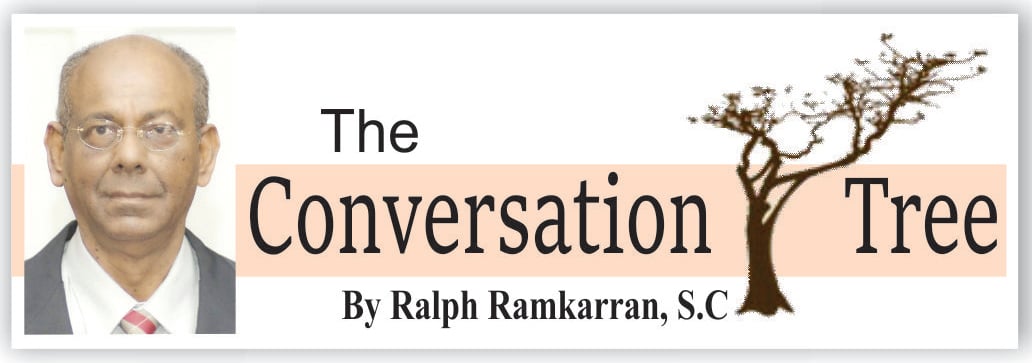The Berbice Slave Rebellion, which began on February 23, 1763, is a seminal event in Guyanese history, commemorated by Guyana’s most famous work of sculpture at the south eastern entrance to the Georgetown city centre. Republic Day and Mashramani celebrations take place in February. The Rebellion’s lessons of the enduring quest for freedom, the display of statesmanship and courageous leadership, have been inculcated as part of the Guyanese consciousness and have shaped our aspirations.
Yet the Rebellion is hardly known outside of Guyana. Hopefully, Marjoleine Kars’s just published book, “Blood on the River: A Chronicle of Mutiny and Freedom on the Wild Coast” will bring the “untold story of the Berbice Slave Rebellion” to a wide audience. Ms. Kars, a noted historian of slavery, is an associate professor at the University of Maryland. A Dutch speaker, she “happened upon a cache of records,” “an extraordinarily rich” archive in the Netherlands about the massive slave rebellion in Berbice about which she, and few others, had ever heard. The book is described as “a masterpiece” and “an astonishing work of history.” One writer concluded that “one of the great slave revolts in modern history has at last found a gifted historian to tell its epic tale.” Ms. Kars deserves Guyana’s gratitude and congratulations for treating this defining event in Guyana’s history with such commitment and frankness, sparing no one, but always on the side of the oppressed.

